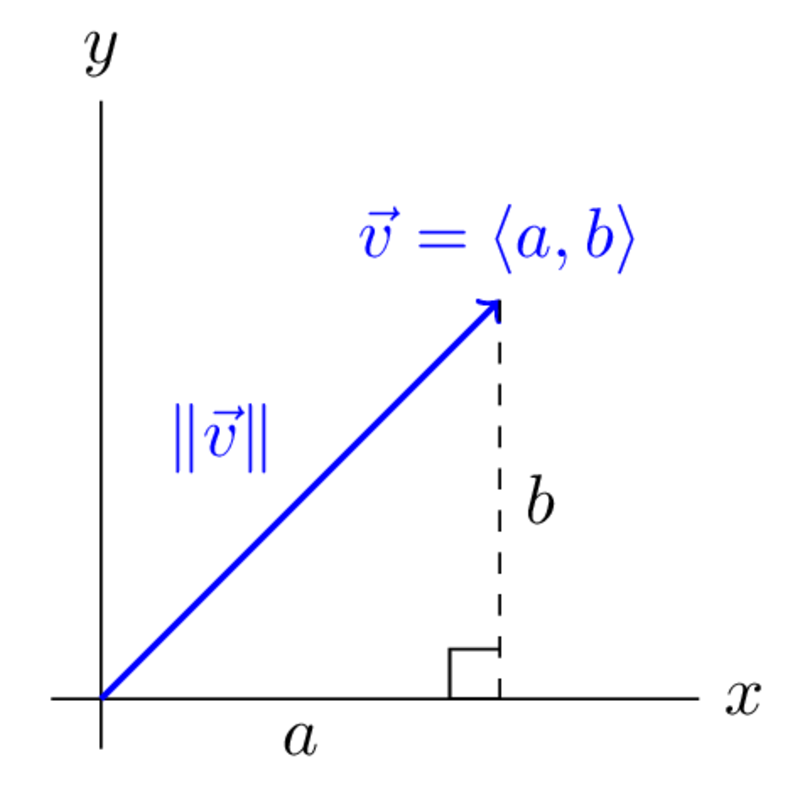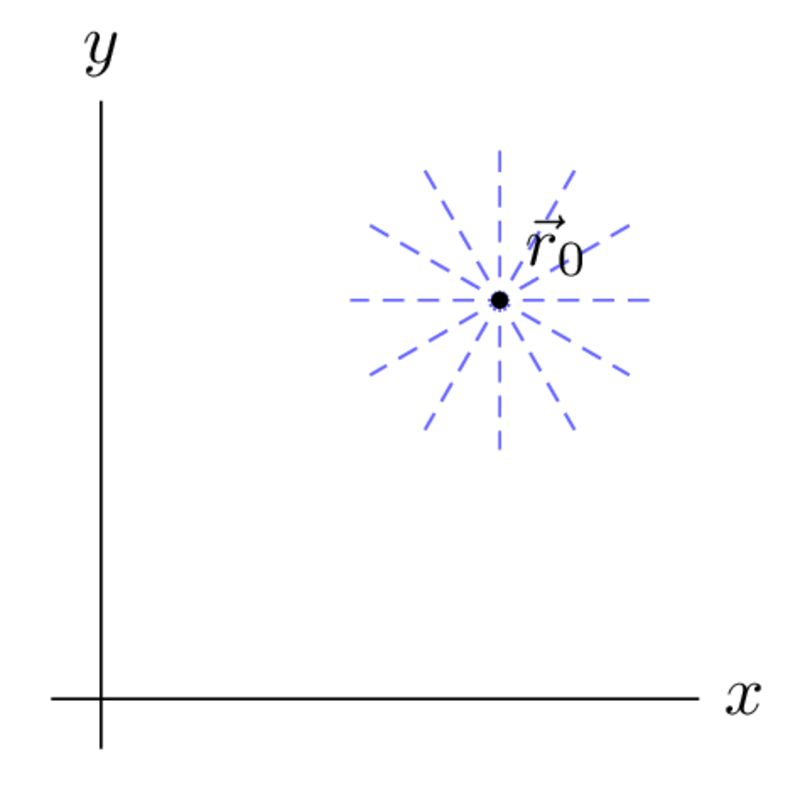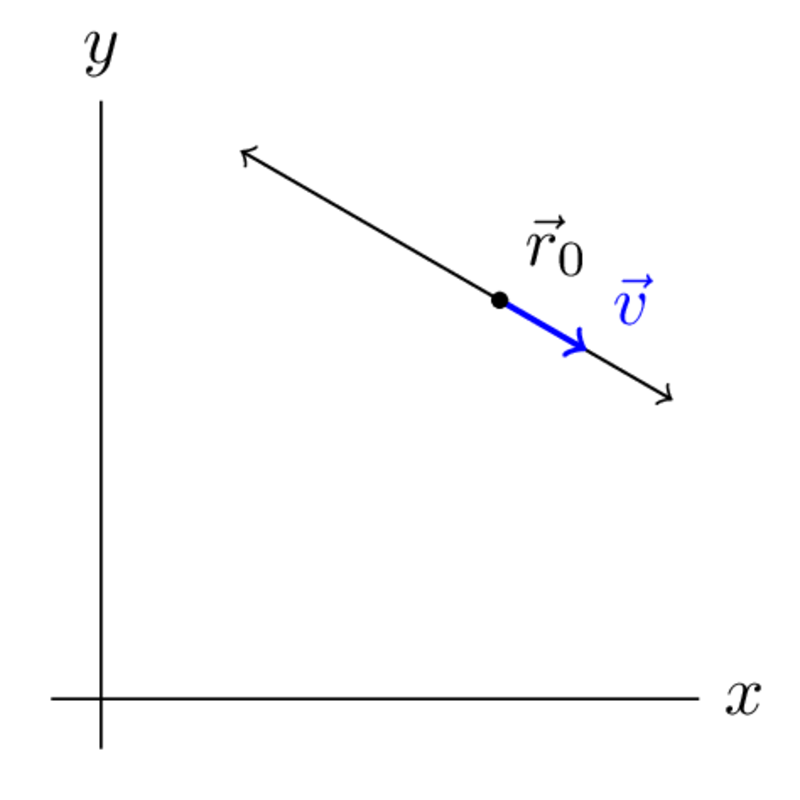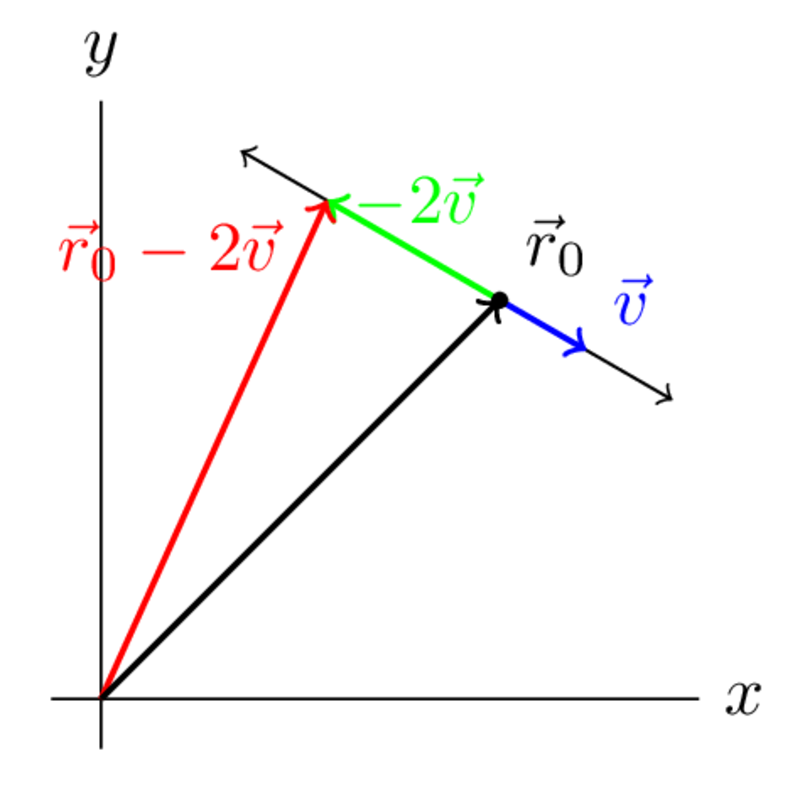Week 1 Discussion Notes
Table of Contents
Vectors
Basic Operations
A vector (in this class) is an ordered set of numbers. For example, is a -dimensional vector and is a -dimensional one. There are two basic operations:
- (vector addition) If and , then .
- (scalar multiplication) If and is a real number, then .
In other words, you just do everything coordinate-wise. One thing to notice is that there's no standard way to multiply vectors, so things like and are meaningless. Because of this, I strongly recommend putting the little arrows on your vectors so that mistakes are more obvious. For example, say you want to solve for . If you don't use the arrows, then you might end up writing something like
which doesn't really stand out. On the other hand, if you wrote
then the problem is a lot more apparent.
Length
If , then you can draw the following picture:

denotes the length of , and from the Pythagorean theorem, you get
Warning: It's not true in general that . For example, if and , then
but
Parametrizing Lines
To specify a line, you need two pieces of information. First is a point on the line:

From the picture, you can see that one point is not enough. Hopefully, you can see that to uniquely specify a line, I also need to tell you the direction that the line passes through:

From here, you can see that if you scale , you can get any point on the line. For example:

So you can parametrize the line by
Notice that you have a lot of choices for and : can be any point on the line, and you can replace with any (non-zero) scalar multiple of . This means that the vector parametrization of a line is not unique.